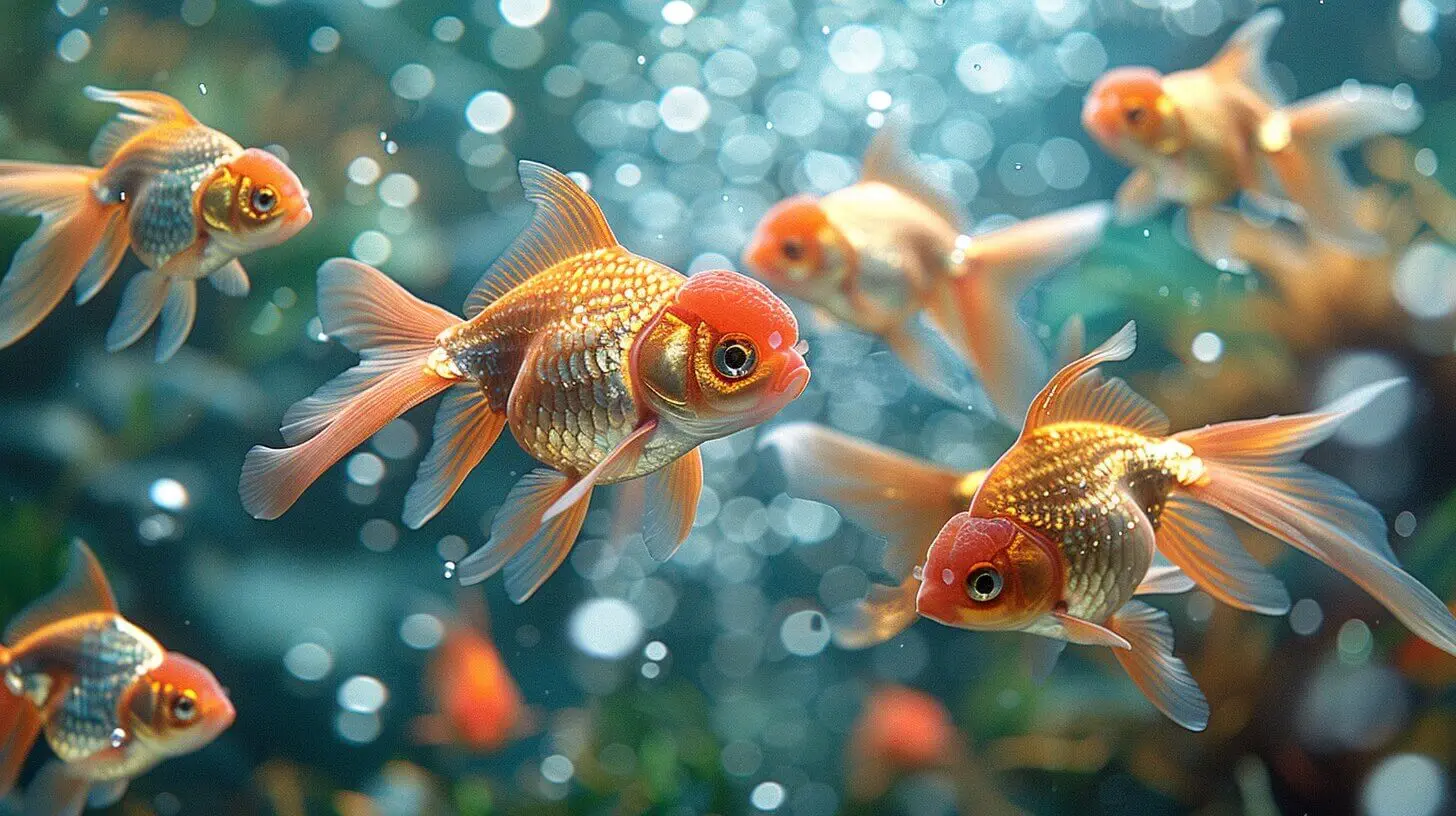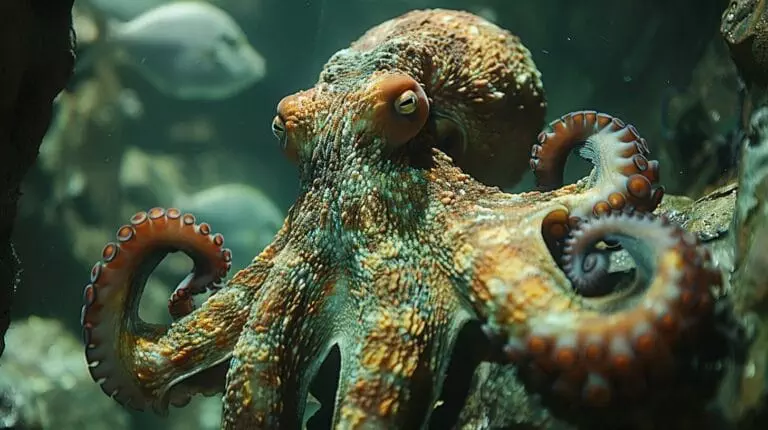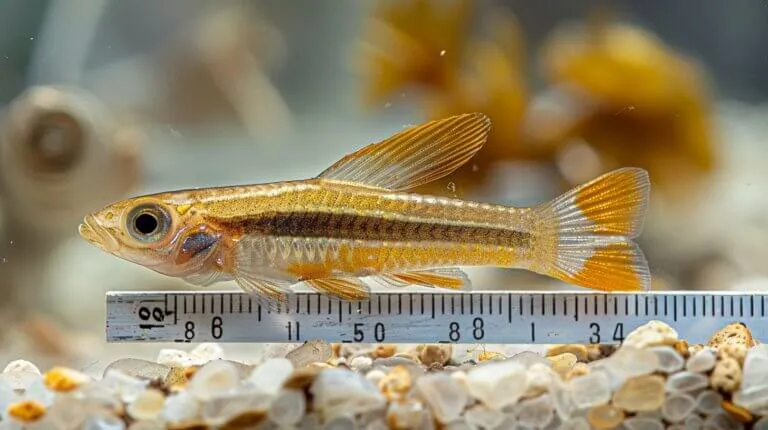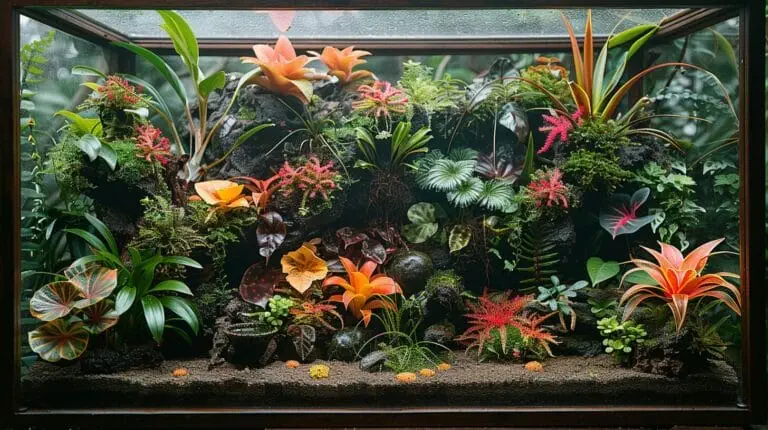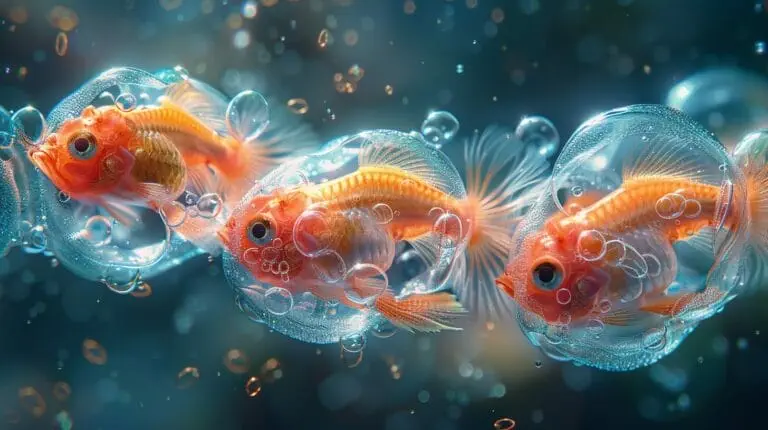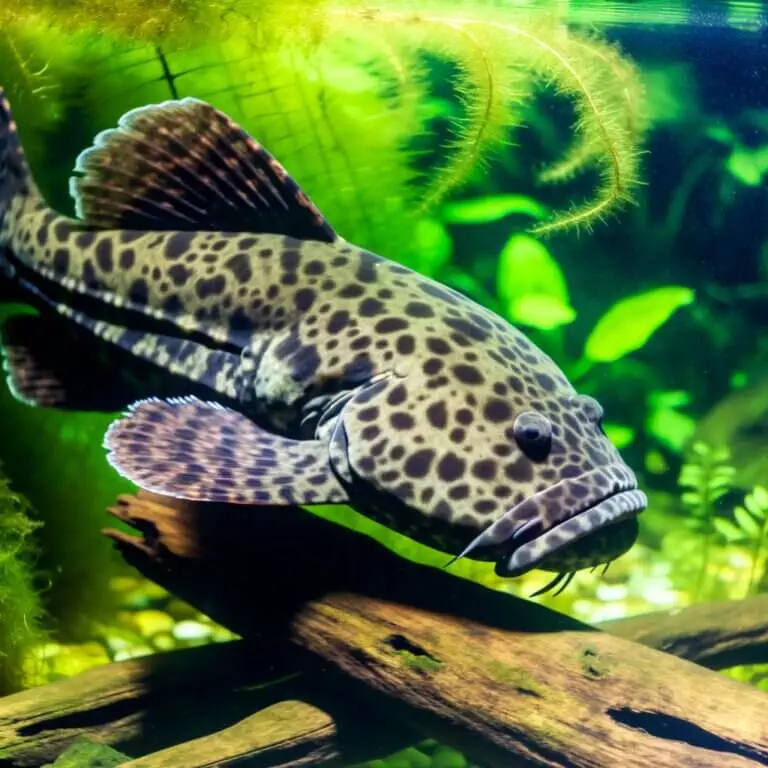We’ve all seen those tiny goldfish in pet stores, but have we ever stopped to wonder just how big they can actually get? Surprisingly, goldfish can grow to impressive sizes, sometimes reaching a foot or more in length. This growth isn’t just a matter of genetics; factors like habitat size, water quality, and diet play significant roles. Fancy goldfish might stay on the smaller side, but common goldfish can surprise us with their potential. It’s no wonder that goldfish are sometimes referred to as “miniature sharks” due to their potential size. In fact, there has been some speculation about the truth about sharks in lakes, with some rumors circulating about giant goldfish being mistaken for baby sharks. While this might seem far-fetched, it’s a good reminder that these small fish have the potential to grow into much larger creatures under the right conditions. So the next time you see a tiny goldfish in a pet store, remember that it has the potential to become much more than meets the eye.
Let’s explore what it really takes for these aquatic pets to reach their full growth potential and the fascinating records held by some of the largest goldfish ever documented.
Key Takeaways
- Goldfish can grow up to a foot or more in the right conditions.
- Habitat size and water quality significantly influence goldfish growth potential.
- Common goldfish varieties can exceed a foot in length, unlike smaller fancy breeds.
- Proper care, including diet and frequent water changes, is crucial for optimal growth.
- Record-breaking goldfish have reached sizes up to 18.7 inches, showcasing their growth potential.
Understanding How Big Goldfish Can Get: Debunking the Myths

Contrary to popular belief, goldfish can grow large, sometimes reaching lengths of up to a foot or more. The size of their habitat is one of the most significant factors influencing their growth. A small tank is likely to keep a goldfish small, but a large pond or a spacious tank of 50 gallons or more can enable them to grow to their full potential.
Furthermore, the quality of water and the amount of space we provide for our fish to swim freely are crucial. A pond not only offers them ample room but also creates a more natural environment that promotes growth. Keeping a goldfish in a large tank or pond ensures they have enough oxygen, minimal stress, and plenty of room to exercise.
Exploring the Impact of Genetics and Variety on Goldfish Size
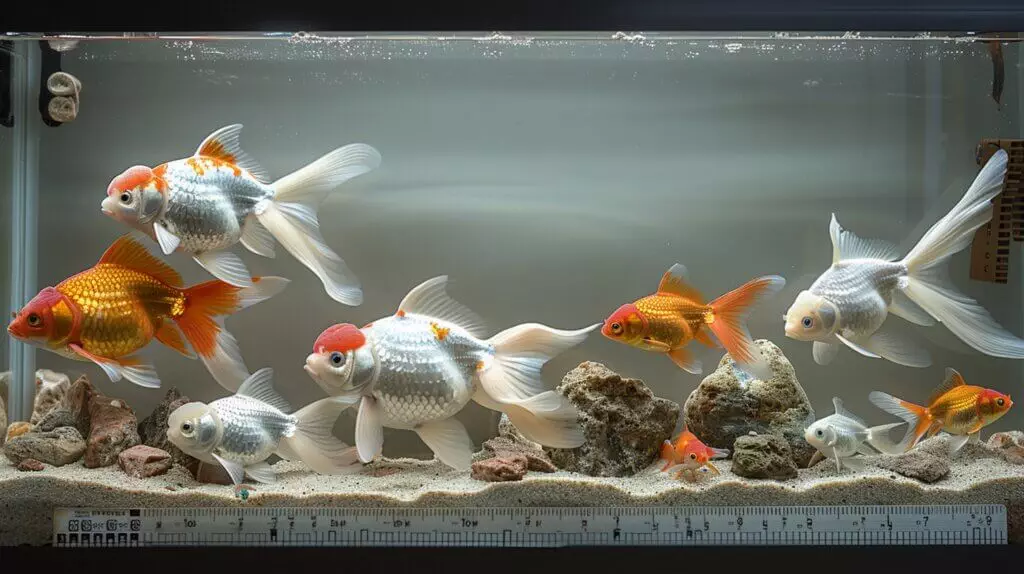
When it comes to goldfish size, genetics and variety play pivotal roles. Some breeds are naturally predisposed to reach impressive sizes, while others remain relatively small.
Fancy goldfish often exhibit unique traits and vibrant colors but don’t typically grow as large as their common counterparts, with many fancy breeds maxing out at around six inches. Conversely, common goldfish and comet goldfish can reach lengths of up to a foot or more under ideal conditions.
Understanding the genetic influences and breed characteristics can allow us to better predict and appreciate our aquatic companions’ growth potential. By choosing the right breed, we can ensure our goldfish thrive and reach their full size potential.
How Environmental Factors and Care Influence Goldfish Growth

Proper environment and attentive care play essential roles in determining how large our goldfish can grow. Tank size is a critical factor – goldfish need plenty of space to swim and grow. A cramped tank can cause stunting, where their growth is unnaturally halted.
Water quality is another key element. Clean, well-oxygenated water supports their health and growth. Frequent water changes and a good filtration system help maintain ideal water conditions, impacting their growth directly.
Similarly, diet and nutrition are crucial. Feeding our goldfish a balanced diet rich in essential nutrients ensures they get what they need to grow. High-quality pellets or flakes, supplemented with fresh vegetables and occasional protein sources, can make a significant difference.
The Record-Breaking Sizes of Giant Goldfish: Uncommon Exceptions
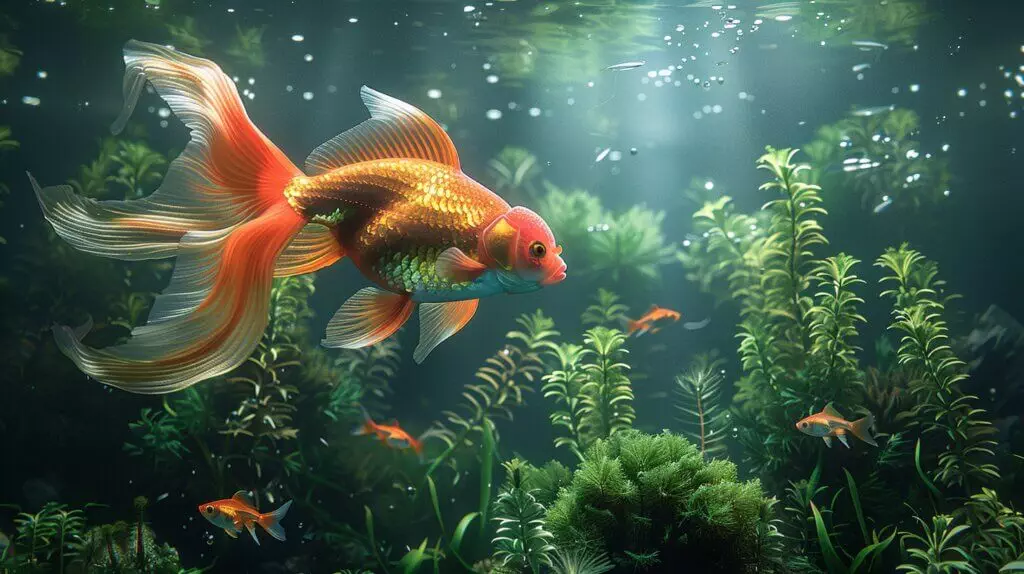
Occasionally, stories emerge of goldfish that have grown to record-breaking sizes. These giant goldfish aren’t your average pet store varieties. They often grow to sizes that boggle the mind, with the world record for the biggest goldfish reaching an astonishing 18.7 inches in length. These cases highlight the incredible growth potential that goldfish possess under the right conditions.
Many of these giants start out in home aquariums but eventually find their way into larger ponds or natural bodies of water, where they grow unrestricted. The combination of ample space, abundant food, and low competition allows these goldfish to reach exceptional sizes.
Scientific explanations for this record-breaking growth vary. Genetics certainly play a role, as some goldfish naturally possess the potential for larger growth. However, environmental factors such as water quality, temperature, and diet can also greatly influence their size. Exploring aquatic guardians can also provide valuable insights into the health and well-being of goldfish. By closely monitoring their living conditions and making adjustments as needed, such as ensuring proper filtration and maintaining a balanced diet, goldfish can thrive and reach their full growth potential. Additionally, ongoing research into the impacts of environmental stressors, such as pollution and habitat destruction, can further inform efforts to promote the healthy development of goldfish and other aquatic species.
The Importance of Proper Care for Goldfish Growth
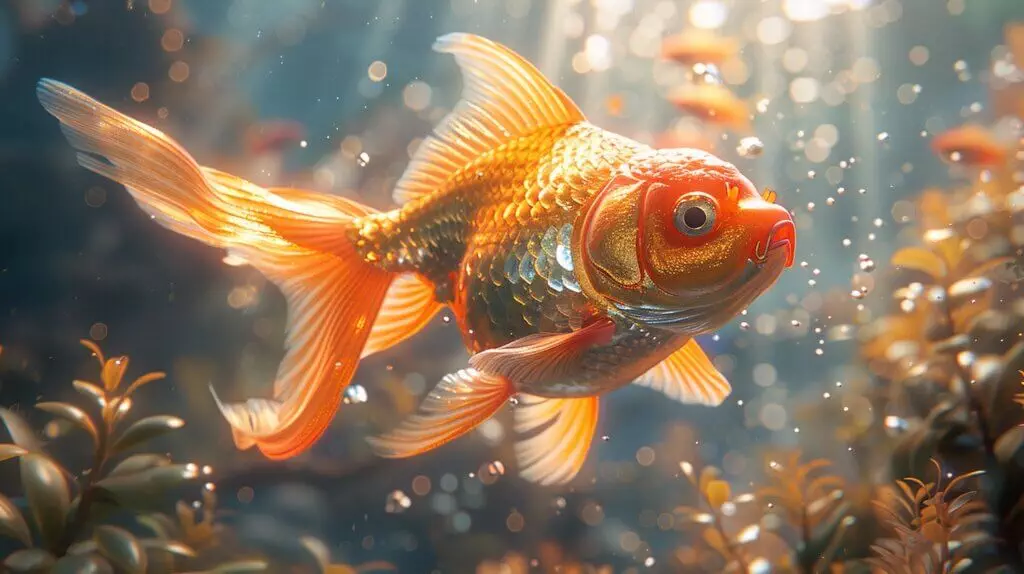
Ensuring goldfish reach their full growth potential hinges on providing them with proper care and attention. A spacious environment is essential; goldfish need room to swim freely. Keeping them in a small bowl will stunt their growth. Instead, a larger tank with clean water is indispensable.
Here are some key aspects to consider:
- Tank Size: Minimum of 20 gallons for one goldfish
- Water Quality: Regular water changes and filtration
- Diet: High-quality food, varied diet
- Companionship: Avoid overcrowding to reduce stress
Regular water changes are crucial to maintaining a healthy environment. Poor water quality can lead to stunted growth and health issues. Similarly, high-quality food is important. Offering a varied diet ensures they get all the necessary nutrients.
Can Goldfish and Bumblebee Catfish Grow to Similar Sizes?
Yes, goldfish and bumblebee catfish can indeed reach similar sizes. According to the bumblebee catfish size guide, these catfish can grow to be around 3 to 4 inches in length, while goldfish can also reach a similar size, making them comparable in size as they mature.
Conclusion
To sum up, we’ve seen that goldfish can grow impressively large, especially with the right care. Genetics, environment, and diet all play essential roles in determining their size. In addition to these factors, it’s also important to consider how goldfish age. As they get older, their growth rate may slow down, and they may not reach their maximum potential size if they are not in optimal conditions. By understanding how goldfish age and providing them with proper care, owners can help their fish reach their full potential. This includes providing a spacious and clean environment, maintaining a balanced diet, and monitoring their health regularly.
While most goldfish won’t reach record-breaking lengths, providing a spacious habitat and ideal conditions maximizes their growth potential.
Let’s commit to giving our goldfish the best care possible, so they can thrive and maybe even surprise us with their size.
Together, we can guarantee our goldfish live healthy, happy lives.
Frequently Asked Questions
How big can betta fish grow?
Betta fish can grow up to around 3 inches in length, with the males typically being slightly larger than females.
What is the maximum size a betta fish can reach?
Betta fish can range in size, with the smallest ones reaching about 2.25 inches in length.
Do betta fish stop growing at a certain point?
Betta fish, also known as Siamese fighting fish, a unique species of tropical freshwater fish, do not stop growing altogether; they continue to grow throughout their lifespan. However, they typically reach their full size at around 7 months of age.
What factors can lead to premature death in betta fish?
Poor water quality, incorrect tank conditions without an adequate filter, and inadequate nutrition can all contribute to premature death in betta fish, a beloved tropical pet.
Are male and female bettas different in size?
Yes, male bettas tend to be slightly larger than female bettas and may possess larger fins.

